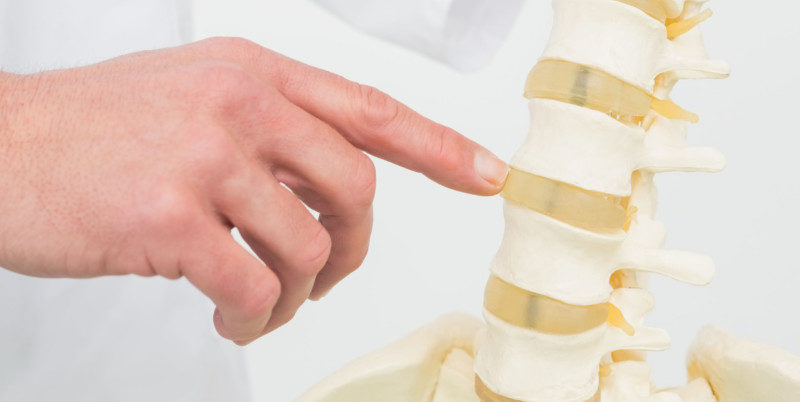What is Cervical Spinal Stenosis?
Category: Spine | Author: Stefano Sinicropi

Cervical spinal stenosis is a condition where the spinal canal in your neck begins to narrow. The spinal canal is home to the spinal cord, which is a collection of nerves that run from your lower back to your brain. These nerves are essential to normal function, as they allow us to feel sensations, to move and to control our bodily functions. Narrowing of the cervical spinal canal can compress essential nerves and cause a whole host of issues. Today, we take a look at the condition and explain the treatment options for cervical spinal stenosis.
Cervical Spinal Stenosis Causes and Treatments
There are seven vertebrae between your head and chest that make up the cervical spine, and any narrowing of the spinal canal in this area is known as cervical spinal stenosis. Oftentimes the condition sets in through no fault of the individual, as age is the primary cause of narrowing of the spinal canal. The condition is most common in people over the age of 50, but it can also occur as a result of acute spinal injury or as the result of a birth defect.
Symptoms vary based on the specific location of the stenosis and which nerves are compressed, but the most common symptoms include:
- Pain
- Numbness or weakness in the neck, shoulders or arms
- Regionalized stiffness
- Balance and coordination issues
- Loss of bowel or bladder control
Cervical Spinal Stenosis Diagnosis and Treatment
If you are suffering from any of the previously listed symptoms, swing on into a spine specialist. They can diagnose the condition through a few easy examinations. Your doctor will begin by listening to your description of symptoms, taking a look at your family history and conducting a physical exam. If cervical spinal stenosis is suspected, your doctor may confirm the diagnosis with the assistance of an X-ray, MRI or CT scan.
Treating the condition depends on the location and severity of the nerve compression. For mild cases, symptoms can often be managed with OTC pain relievers, exercise and targeted physical therapy to maintain strength and flexibility in the area. In severe cases, spinal decompression surgery may be your best option. As the name implies, this surgery works by widening the spinal canal in the affected area so the nerves aren’t compressed by nearby structures. For more information about the surgery, or to schedule a consultation with a spine specialist, click here.